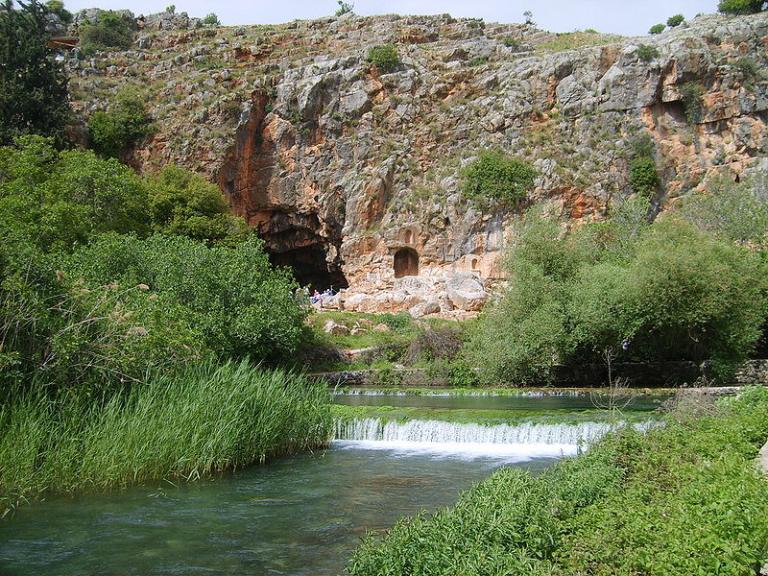
While reorganizing books in a part of my library — and, truth be told, while looking for a particular book, though thus far in vain — I came across my copy of F. F. Bruce’s classic New Testament History (New York: Doubleday-Galilee, 1980), and, on a whim, decided to re-read it. It’s been years and years since I read it and, this being a New Testament year for the curriculum of the Church of Jesus Christ of Latter-day Saints, it seems appropriate.
F. F. Bruce (1910-1990) was Rylands Professor of Biblical Criticism and Exegesis at the University of Manchester, in England, and a prolific and influential author. He was also a believer. I remember reading a quip many years ago, somewhere, to the effect that the difference between American evangelicals and British evangelicals is that British evangelicals can read. The comment was unfair then, and it would be even more unfair if it were repeated today. There are some excellent thinkers and scholars in American evangelical Protestantism. But it did, in a way, call attention to the significant tradition of British evangelical scholarship, which goes back quite a few generations.
So, this morning, I read a few pages of the book, and already I’m noticing things that I want to remember to mention during the two tours that I’ll be accompanying to Israel in May and June.
One of them concerns the site of Banias or Banyas, which is one of my favorite places in Israel. It’s located at the base of Mount Hermon, far in the north of the country, just below (and on the way up to) the Golan Heights. I already have plenty to say there — it’s a richly important site — but I’ve never mentioned the significant battle that took place in the area at the beginning of the second century before Christ — and now I’ll try to remember to do so. Here is F. F. Bruce:
Some of Alexander’s leading generals divided his empire among themselves soon after this death and founded dynasties, some of which endured well into the first century B.C. Of these dynasties the most important for our purpose were the Ptolemaic dynasty in Egypt, founded by Ptolemy I in 323 B.C., with its capital in Alexandria, and the Seleucid dynasty in Syria, founded by Seleucus I in 312 B.C., with its capital in Antioch. Judaea was part of the dominions of the Ptolemies until 198 B.C. In that year it changed hands, in consequence of a Seleucid victory won at Paneion, near the sources of the Jordan (the Caesarea Philippi of the gospel narrative [Mark 8:27]), and for the next fifty years and more it belonged to the Seleucid Empire. (page 2)
Paneion, and the district of Paneas to which it belonged (cf. mod. Banyas), were so called by the Greeks after the god Pan, to whom (together with the Nymphs) they dedicated the grotto there in which Nahr Banyas, one of the principal sources of Jordan, springs up. (page 2, note 3)










